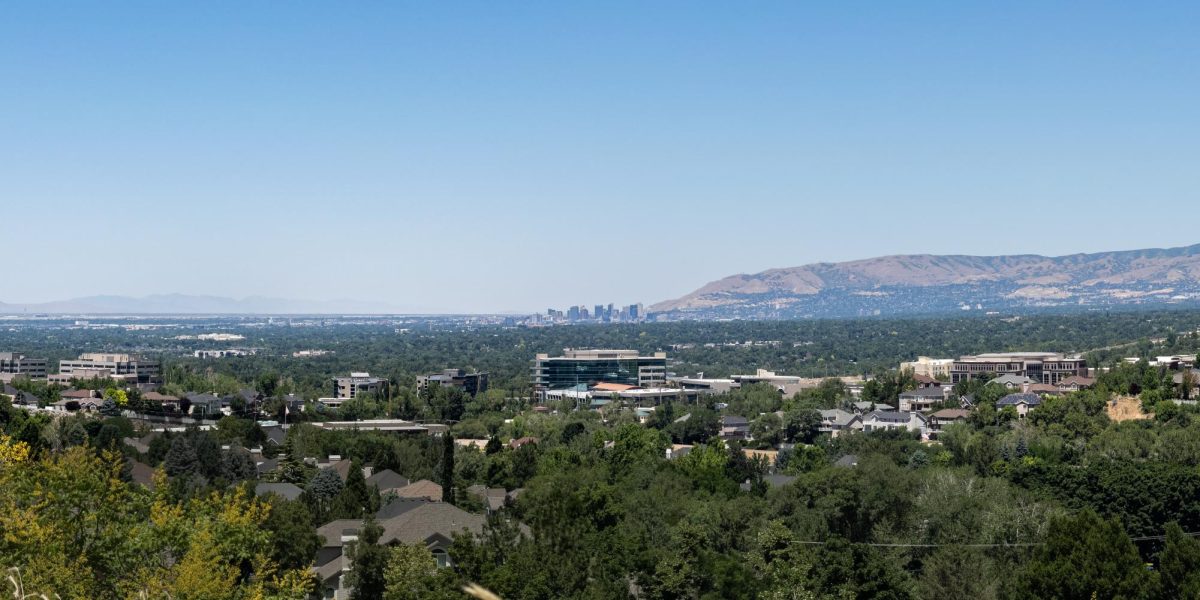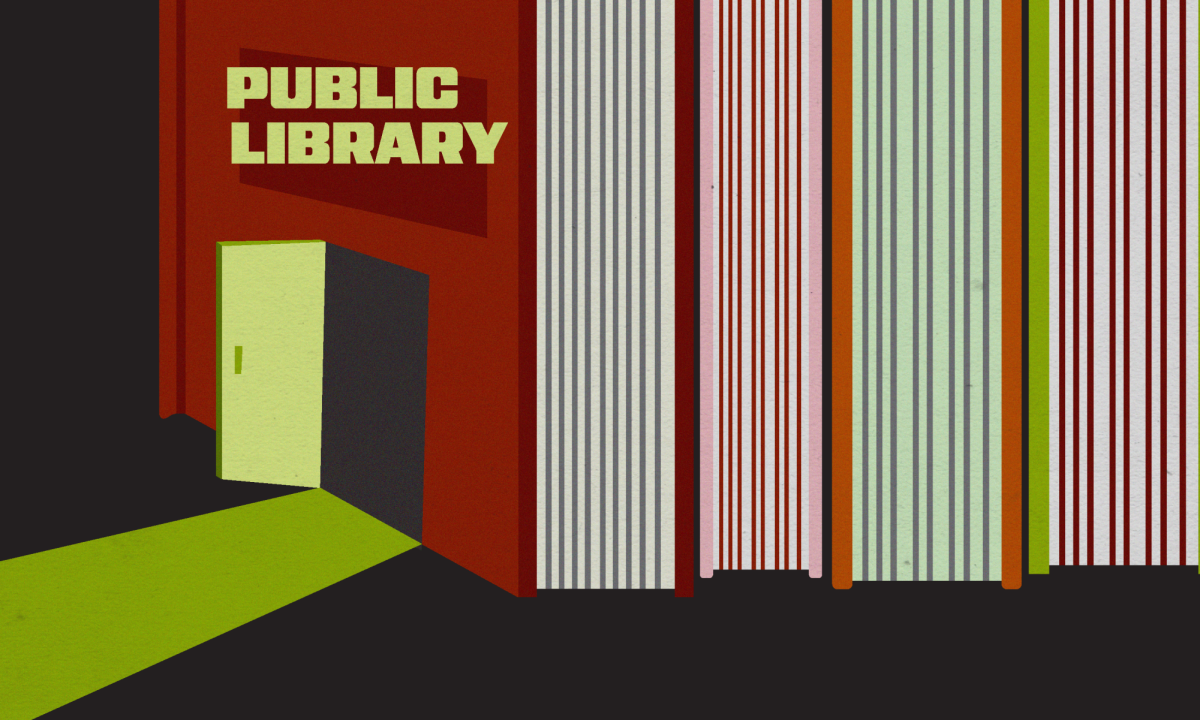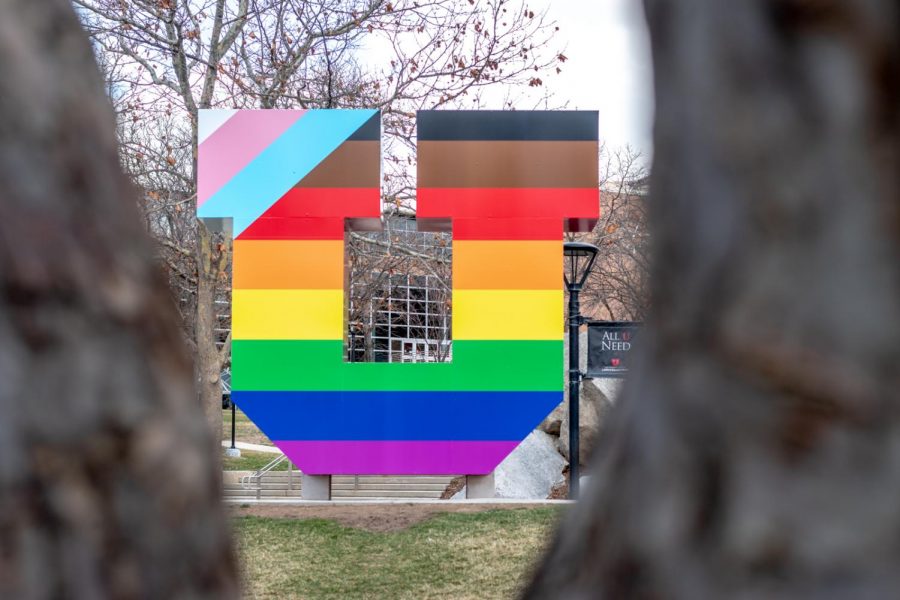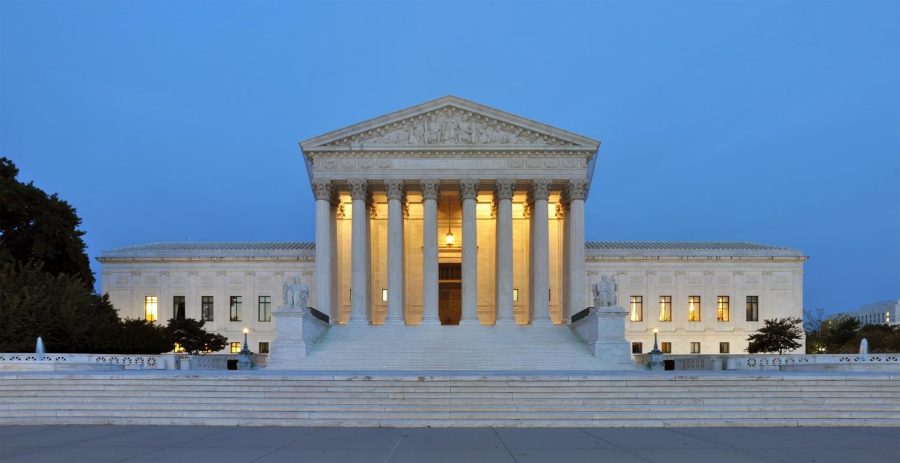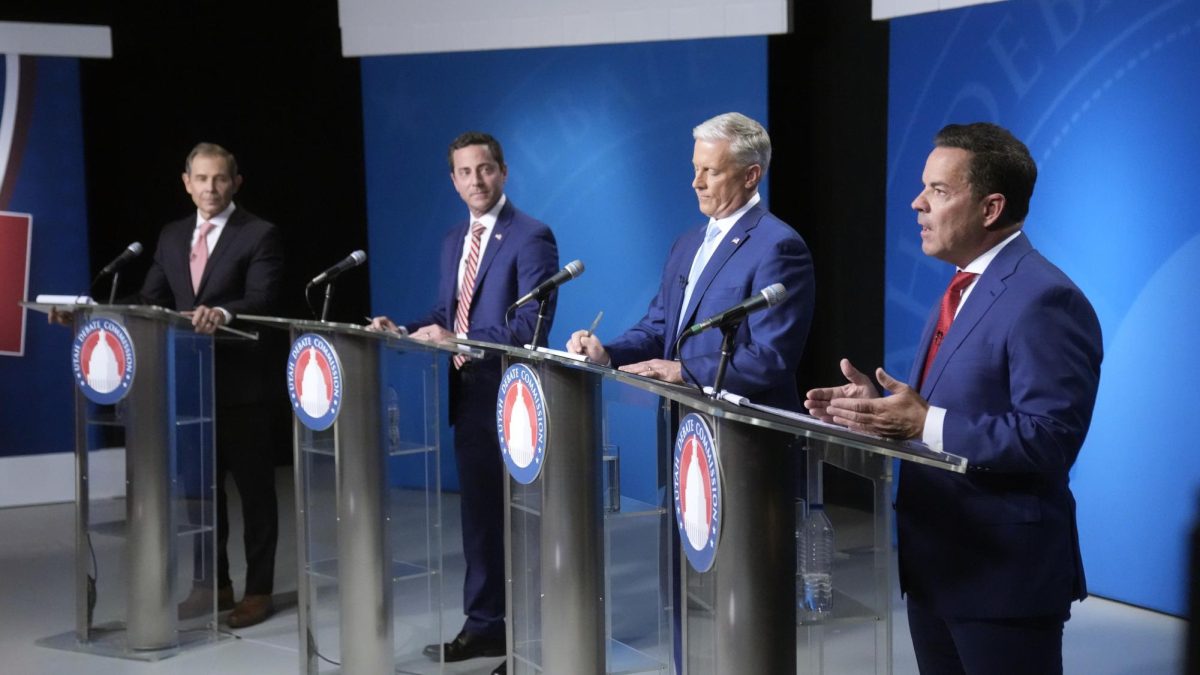The U’s latest string of tuition increases comes as little surprise to observers of national trends.
“Funding for higher education always goes in cycles,” said Sandy Baum, co-author of the College Board’s annual Report on College Pricing. “When the economy is strong and the state legislature has a lot of money, they’re generous, and then when it gets tighter, they cut back on appropriations for higher education because…they think ‘Well, they could get revenue from another source. They can raise tuition, whereas for these other priorities, there’s no reasonable alternative source of funding.'”
In the mid-1980s, most schools received about 80 percent of their funding from the state, said Associate Vice President of Budget and Planning Paul Brinkman, but the U and similar schools get closer to 65 percent today. Brinkman said he believes support for a college education was once seen as a societal burden, while modern legislators have come to view college as more of a personal responsibility.
Utah Higher Education Commissioner Dave Buhler said the value to the local economy for jobs and training ought to justify funding, even though free higher education is not guaranteed to every Utahn.
“We really believe we’re not just another expenditure — we’re an investment,” he said.
One problem, Baum noted, “is that more and more people are going to college, so state governments are spending more and more dollars on higher education, but the dollars per student has gone down.”
According to the College Board report (website), last year’s state and local appropriations per student were 4 percent lower than in 1985-1986 (adjusted for inflation).
Technological advances are also partly to blame for the long-term increase in tuition.
“Think about the way we operate today compared to how we operated 20 years ago,” Brinkman said. “There weren’t computers. We’ve got 30-some-thousand computers on our campus. So, there are certain things you have to do to keep up.”
Although schools with rising costs often boast of increases in financial aid opportunities, Baum thinks many schools demonstrate an ulterior motive by taking this approach.
“Every public university in the United States wants to be one of the top 10,” she said. “It’s crazy. Instead of just saying, ‘We want to give a quality education to the citizens of our state,’ they’re saying, ‘We want to be the best, and being the best means attracting the students with high test scores.”
And students make up just one half of the puzzle. Faculty are another matter.
“It used to be that the salaries at public and private institutions were fairly similar, and now, on average, professors at private colleges are making a lot more,” Baum said. “Public colleges are worried about losing their star faculty members.”
So, is there any hope for students in the near future?
“I don’t really see things changing very much,” she said. “There’s a lot of concern about tuition and fee levels. People are doing everything they can to not make tuition rise more rapidly. On the other hand, state legislatures are not making this the higher priority. Prices are going to keep rising.”
Tuition raises (year announced) 2008: 5.9%2007: 7%2006: 8.5%2005: 9.5%2004: 8.5%2003: 9.5%2002: 9.3% Source: Chronicle reports
Also see: U seeks tuition increase


